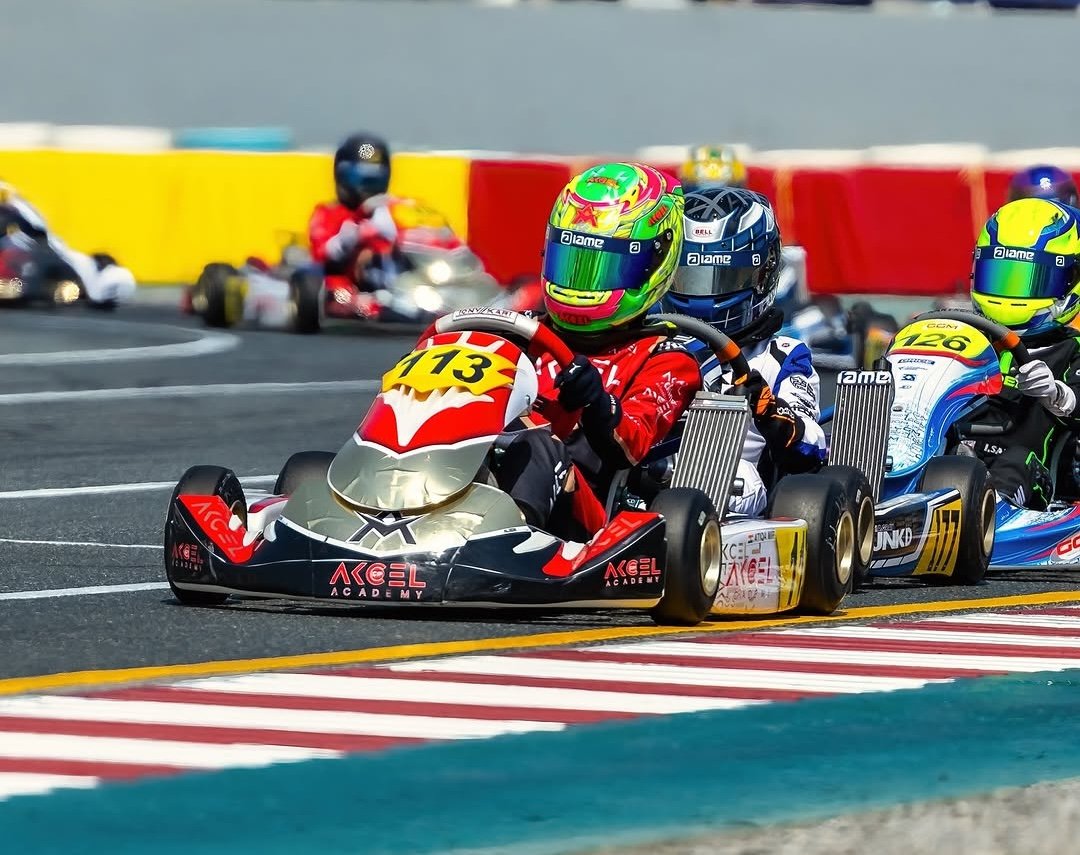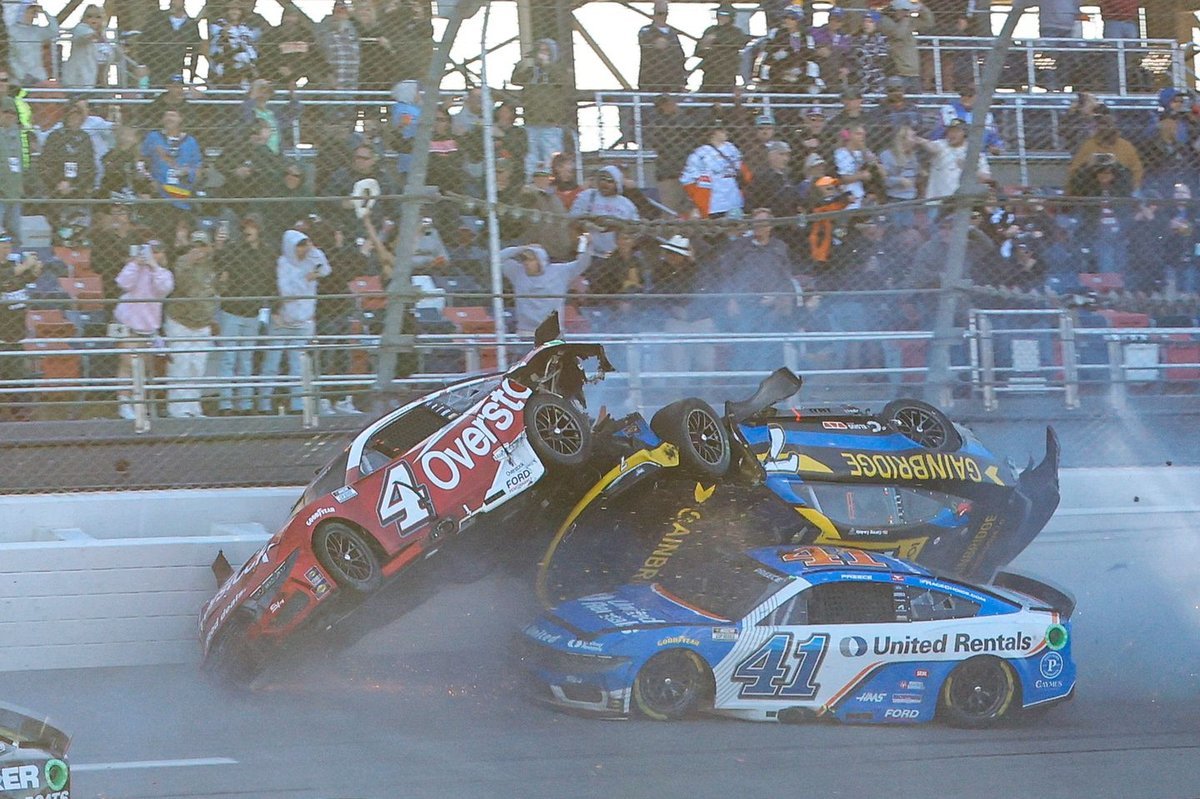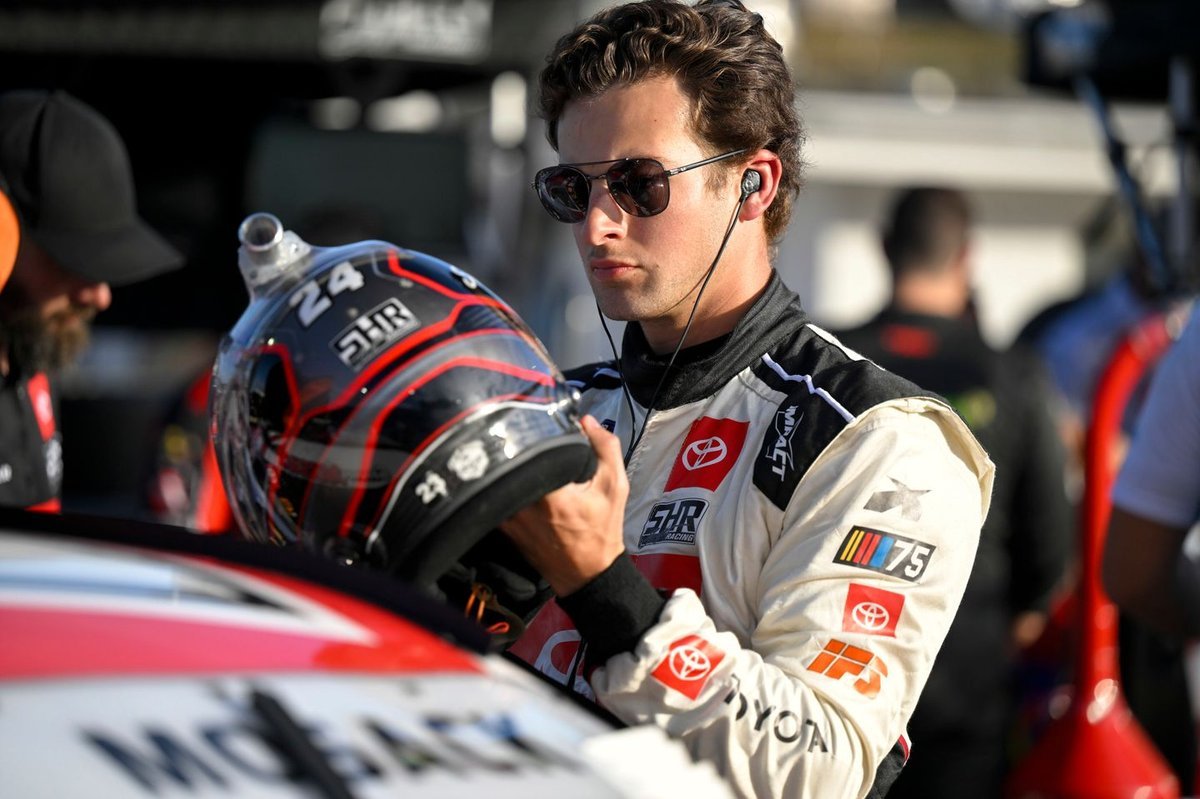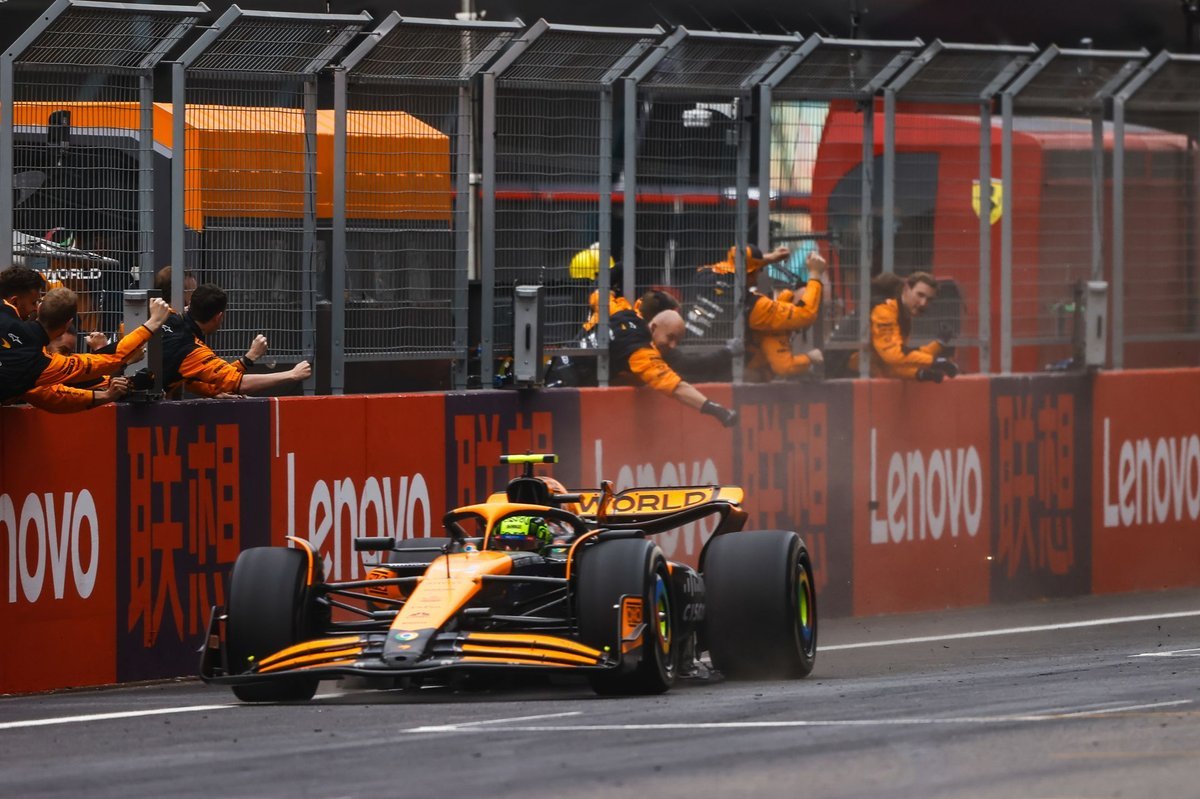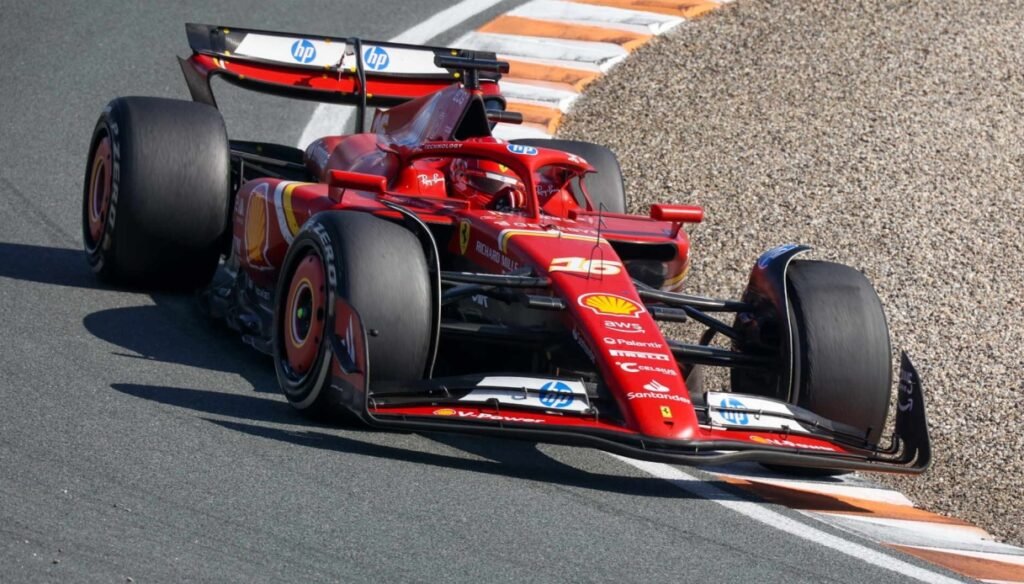
Source – Sportal.eu
Ferrari’s experience at Zandvoort was a mixed bag, leaving the team with both optimism and frustration. On one hand, they managed to perform better than expected, but on the other, the 25-second gap to Lando Norris’s McLaren MCL38 by the end of the Dutch Grand Prix was a stark reminder of the challenges they still face. This gap is not new; it’s a frustrating echo of the deficit Ferrari has been dealing with since the start of the 2024 F1 season, where their SF-24 consistently lagged behind the dominant Red Bull RB20. McLaren’s performance at Zandvoort was nothing short of crushing for the competition, but for Ferrari, there’s still a sense of cautious optimism as they now turn their focus to the Italian Grand Prix at Monza—a circuit that might just offer the SF-24 a chance to truly shine.
Monza, affectionately known as the “Temple of Speed,” is a place where Ferrari’s heart beats strongest. The passionate Tifosi pack the stands, and the track’s high-speed straights and low-downforce demands seem to play to the SF-24’s strengths. This year, Monza represents more than just another race for Ferrari; it’s a crucial opportunity to regain some much-needed momentum. In a bold move, the team has decided to bring forward their final significant aerodynamic upgrade package, initially planned for the Asian leg of the season. This decision, confirmed by team principal Frederic Vasseur, marks a strategic shift aimed at correcting the course after the disappointing update introduced at the Circuit de Catalunya in Barcelona earlier this season.
The Barcelona update was supposed to be a game-changer, particularly with the introduction of a new floor designed to enhance performance in medium and high-speed corners. But instead of delivering the anticipated boost, the update only made existing issues worse, leading to a downturn in performance that saw Ferrari slip to the fourth-best team before the summer break. The SF-24 struggled to handle the added downforce, revealing limitations in the car’s mechanical platform that left the team in a tough spot. Now, with Monza on the horizon, Ferrari is banking on this new package to rectify those issues and reestablish the SF-24 as a competitive force.
At the heart of this upgrade is a new floor, marking the first significant evolution since the problematic Spanish Grand Prix. Unlike the interim solution hastily introduced in Hungary, this floor has been meticulously developed with the aid of Computational Fluid Dynamics (CFD) and wind tunnel testing. Monza’s unique layout will serve as a critical testing ground to validate these simulations and determine whether Ferrari has finally addressed the underlying issues. The results of this test could significantly influence Ferrari’s approach to car development as they look ahead to the 2025 season.
In addition to the new floor, Ferrari will also roll out a new low-drag rear wing, specifically designed for Monza’s high-speed demands. This is not a recycled component from last year but a brand-new design aimed at maximizing efficiency while maintaining the SF-24’s aerodynamic balance. The wing features the distinctive “pointed ears” design at the connection between the endplate and wing profiles, a detail Ferrari hopes will enhance straight-line speed without compromising cornering performance. This rear wing is also expected to make an appearance at the Las Vegas Grand Prix later in the season, underscoring its importance to Ferrari’s overall aerodynamic package.
Ferrari’s decision to consolidate these updates into a single, comprehensive package represents a significant shift from their earlier strategy of introducing incremental changes. Under the previous technical direction of Enrico Cardile, Ferrari had launched two major updates in quick succession, which unfortunately led to a series of unforeseen complications. The rapid introduction of these updates made it difficult for engineers to fully understand and optimize the SF-24, resulting in a string of disappointing races. Learning from these mistakes, Ferrari, now under Vasseur’s guidance, has opted for a more measured approach by grouping updates into a single “macro-update” for Monza. This strategy mirrors McLaren’s earlier approach this season, where a concentrated update package helped them leap back into contention.
This Monza update is Ferrari’s final major push of the season—a true “all-in” move designed to give the SF-24 a fighting chance in the closing races of 2024. The main goal is to stabilize the car’s downforce levels, especially in medium and high-speed corners where the SF-24 has been noticeably behind McLaren and Red Bull. The challenge, however, isn’t just about adding more downforce; it’s about doing so in a way that avoids triggering the dreaded bouncing issue that has haunted the team since the Barcelona floor was introduced. The success of this update will hinge on whether the new aerodynamic components can deliver the needed downforce without compromising the car’s mechanical stability.
But this Monza package is more than just a response to recent struggles; it’s a crucial test for Ferrari’s future. The data collected this weekend will be pivotal in shaping Ferrari’s development path heading into 2025, a season where they hope to bring a more radical overhaul to the SF-24’s design. The lessons learned from this Monza update will be instrumental in guiding the direction of Ferrari’s next-generation car, which aims to close the gap to the front runners and restore Ferrari to its rightful place at the top of Formula 1.
As Ferrari gears up for Monza, the pressure is palpable. The Tifosi’s expectations are sky-high, and the stakes have never been higher. The SF-24’s performance this weekend won’t just determine the success of Ferrari’s final major update; it will set the tone for the rest of the season. For the team from Maranello, Monza is more than just another race—it’s a chance to show that they’ve learned from their past mistakes and are ready to fight for the future.



